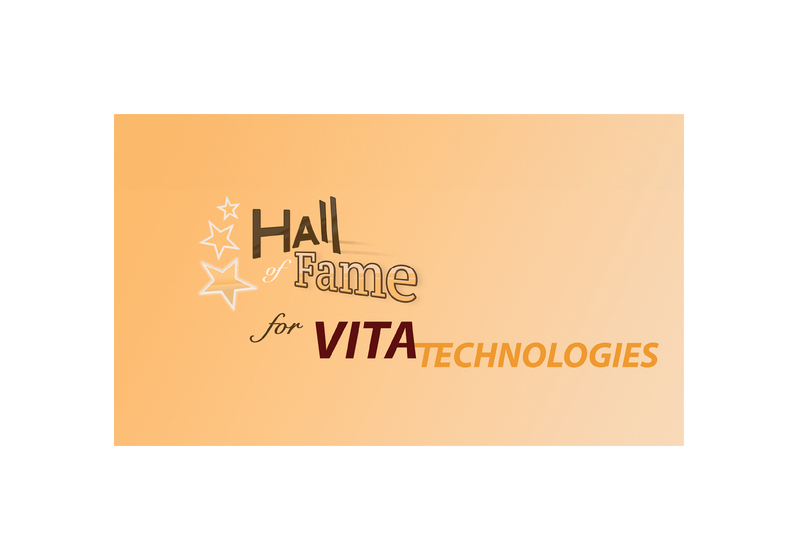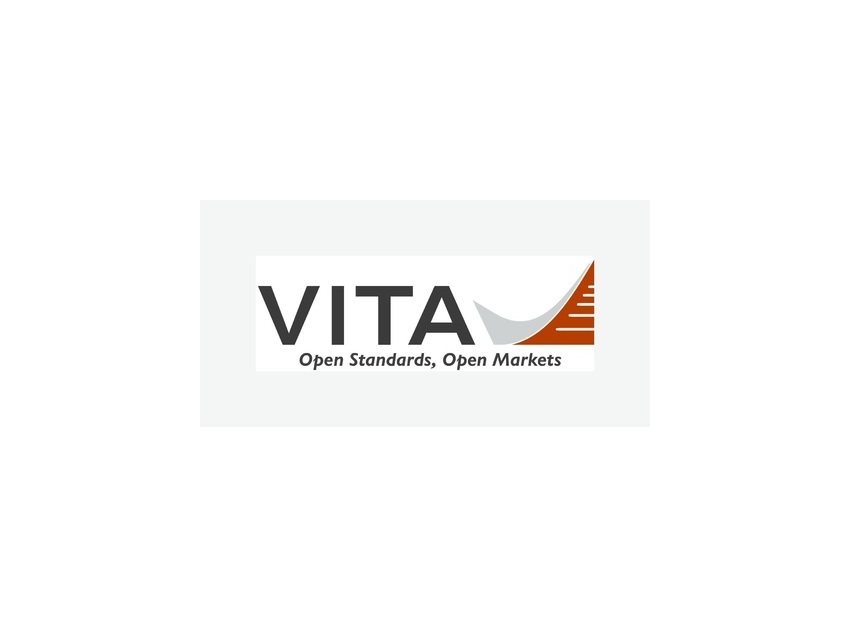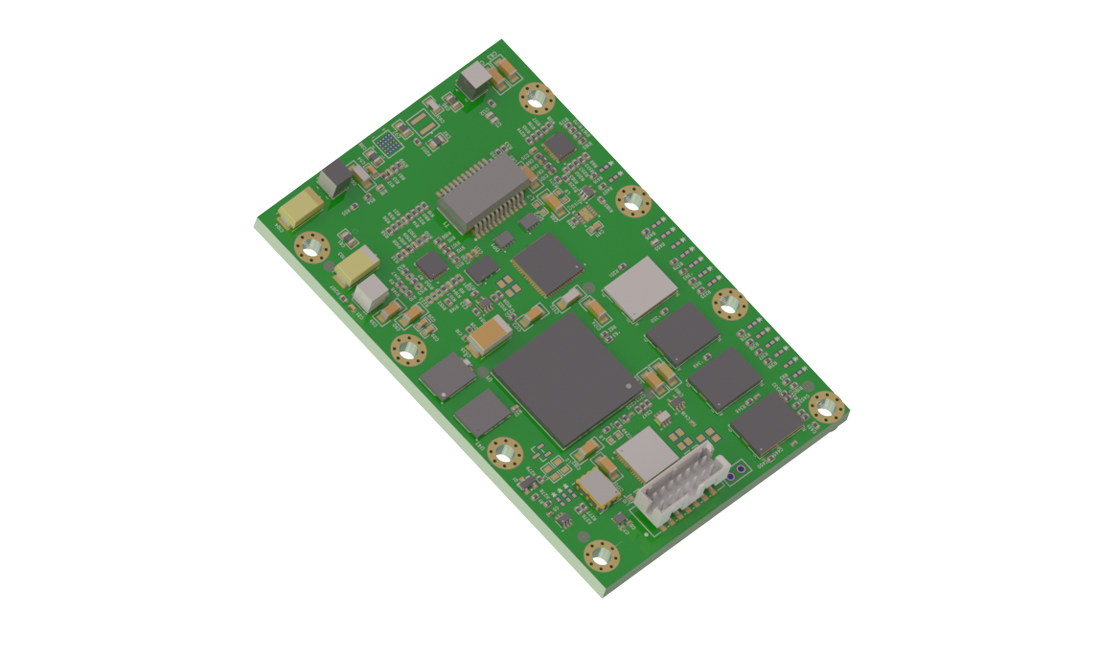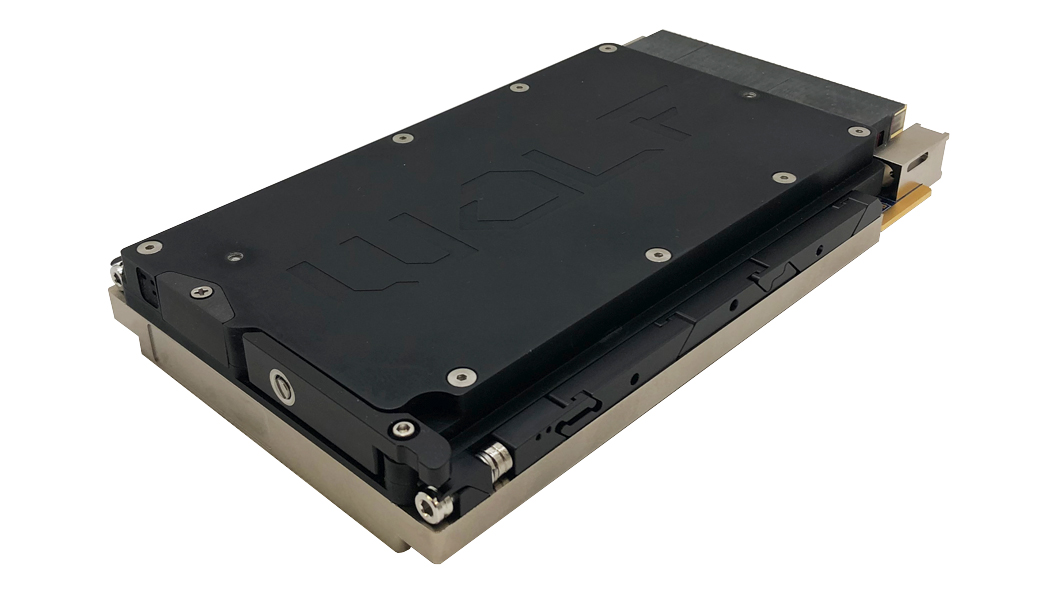Companies are usually classified as either product-driven or as market-led (Figure 1). In each of these environments, I see the role of engineering as very different. Product-led development starts with the product and tries to create a need for it. A product-driven company is usually founded by an opportunistic, innovative entrepreneur (read “engineer”) and very often is a one-and-done product company. The successful product-driven companies are able to keep a pipeline of similar products in development and production for many years. Many of these companies are extremely successful, but the one-and-done nature of the product strategy usually limits growth opportunities. Sometimes they attempt to transition to a market-led company to reach higher growth rates or to improve product margins, but not all succeed with this strategy.
(Click graphic to zoom by 1.9x)
|
Market-led development tries to meet the need within a market. The need is already there, and the product is created specifically to meet that need. A market-led company is typically formed from the beginning with a solution or services strategy in mind or has made the successful transition from product-driven. The founding management is often someone with a business or sales and marketing background. What defines the “solution” may change over time as the company embraces more or less of the total solution within the nearby supply network.
In a product-driven company, the engineering team knows the technology within the scope of the product better than almost anyone else in the industry. Often there is little interface with the customer or future customers because the engineering team has more knowledge of the product and the required technology better than most customers would ever have. Product-driven companies work on a well-defined “problem” that is core to the success of the company. My experience indicates that product-driven companies have a strong engineering influence on company management.
Market-led companies depend on customer interaction to learn more about the problem domain. The engineering team listens to customers to determine the problems to be solved and how they should be solved. The final product may be made up of many parts that are sourced from outside the company. The marketing teams in market-led companies tend to have a stronger influence.
I have observed that certain engineers prefer to stay focused on developing products, spending little time with customers and understanding their problems. These engineers tend to do better at a product-driven company. Their skills at focusing on the task at hand make this a comfortable environment in which to work. Individual contributors thrive in these organizations. I have noticed that market-led companies tend to attract engineers who are more outgoing, better able to work with others outside their team or company. Their skills in working with people are a great asset when learning more about the customer’s problems and in defining future solutions. Team players dominate the engineering department. Sometimes you will find microcosms of both within the same company but in different divisions or design teams. As an engineer, you can succeed in either environment as long as you understand your own personality and that of your company.
Over my career, I have had the chance to work in both types of companies, sometimes within the same organization. They each have their own advantages and disadvantages. I have even had the chance to experience transitioning in both directions. No matter which style of company you work for, be sure to understand the customer problems you are trying to solve. Being a good listener is always a good thing on the road to success!






